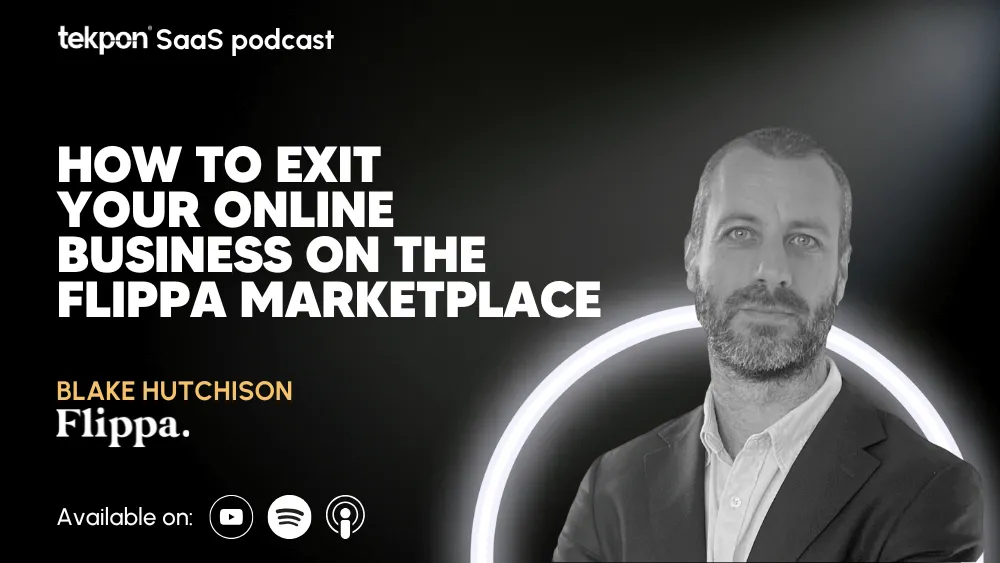In this episode of “The Simplifier Podcast,” host Daniel Deaconu welcomes Luke Murphy, founder of Waking Dreams Media, for a deep dive into the art of transforming complex software explanations into clear, engaging content. Their conversation spans a variety of topics related to content creation, including authenticity, viral versus relevant content, clarity in messaging, measuring marketing success, and the importance of storytelling.
The discussion kicks off with Murphy reflecting on how his content creation has evolved over time. He believes that creators naturally develop more depth in their work as they write more, but points out a common misalignment in business incentives where many produce content primarily for marketing rather than because they enjoy it. This often diminishes the authenticity and quality of the content delivered.
Clarity in messaging is another crucial point discussed. Deaconu emphasizes the insights he has gathered from a successful founder who stressed the necessity of clear and action-oriented business messaging. Murphy adds that along with clarity, using engaging language and emotion can result in a lasting impact on the audience, even if it doesn’t directly lead to immediate action.
The importance of storytelling in B2B SaaS
The duo also delves into the importance of storytelling for tech companies, especially startups. Many tech firms fall into the trap of focusing too much on technical details rather than engaging narratives. Murphy suggests showing successful case studies to tech founders to encourage the adoption of storytelling, even creating hypothetical scenarios if real ones are scarce.
When it comes to content creation for different platforms, considering the target audience’s technical and cultural context is crucial. Murphy also notes the distinct approaches required for B2B and B2C content creation. B2B content typically demands more direct and one-on-one communication, whereas B2C content should be broad, engaging, and often seeks virality.
Common pitfalls in content creation, such as relying on derivative content and failing to infuse original, customer-driven insights, are also discussed. Murphy’s strategy involves focusing on content based on recent experiences and real customer insights to maintain engagement and originality.
The episode concludes with a mutual appreciation between Deaconu and Murphy. They leave listeners with Murphy’s contact information: his website, wakingdreamsmedia.com, and his LinkedIn profile under Luke K. Murphy, encouraging further exploration of his work. Overall, the episode offers valuable insights into effectively communicating complex technologies through clear, engaging, and authentic content.








